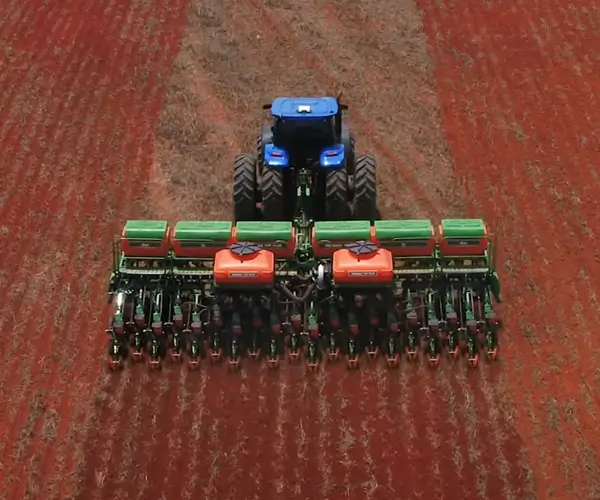Sure! Here's the first part of a soft, engaging article on "Types of Geared Motors":
When it comes to driving machinery, precision, power, and efficiency are often the keys to success. Geared motors — an elegant blend of electric motors and gear systems — have become indispensable in countless industries, from manufacturing to robotics. They transform high-speed, low-torque electric motor output into low-speed, high-torque power suitable for demanding applications. But with a plethora of geared motor types available, knowing which one fits your needs can feel overwhelming. Let’s journey through the world of geared motors, exploring the fundamental types and their distinctive strengths.

Understanding the Basics of Geared Motors At their core, geared motors consist of two main components: the motor itself, typically an electric motor, and a gear reduction system known as a gearbox. The gearbox reduces the rotational speed while increasing torque, thus aligning the motor’s output with the specific demands of the application.
Different gear types impart unique motion qualities, efficiency levels, durability, and precision. The most common categories include gear types such as spur, helical, bevel, worm, and planetary gears — each suitable for particular tasks. Their selection depends on several factors: the amount of torque needed, the required speed reduction, space constraints, noise levels, and whether reversibility or self-locking are priorities.
Spur Gear Geared Motors: The Basics
Spur gear geared motors are among the most straightforward and widely used types. They operate via spur gears, which have straight teeth aligned parallel to the gear axis. This simple design offers high efficiency—often over 90%—and is ideal for applications where noise isn’t a concern.
They’re perfect for conveyors, small machinery, and automation lines. Their ease of maintenance, affordability, and robustness make spur gear motors a popular choice in many industries. However, their noisier operation compared to other gear types makes them less suitable for environments where noise suppression is critical.
Helical Gear Geared Motors: Efficiency Meets Quietness
Next up, we have helical gear motors. Like spur gears, they are also quite simple but feature angled teeth that engage more gradually with each rotation. This results in smoother, quieter operation with less vibration.
Helical gears are especially beneficial in applications requiring higher load capacity and cleaner operation. They transfer power more efficiently and distribute the load across multiple teeth, reducing wear and tear over time. Examples include industrial mixers, pumps, and heavy-duty conveyor systems where noise reduction and reliability are vital.
Bevel Gear Geared Motors: Moving Angles with Precision
Bevel gear motors are designed to change the direction of shaft rotation — typically at a 90-degree angle. They’re common in applications where space is constrained, and directional change is necessary, such as in washing machines, car differentials, or robotics.
They are available as straight or spiral bevel gears, with the latter providing smoother operation and higher load capacities. Bevel gear motors are essential when a compact design with angle transmission is needed, although their lubrication and alignment require careful attention to maintain performance.
Leveraging innovations in modular drive technology, Kpower integrates high-performance motors, precision reducers, and multi-protocol control systems to provide efficient and customized smart drive system solutions.




































